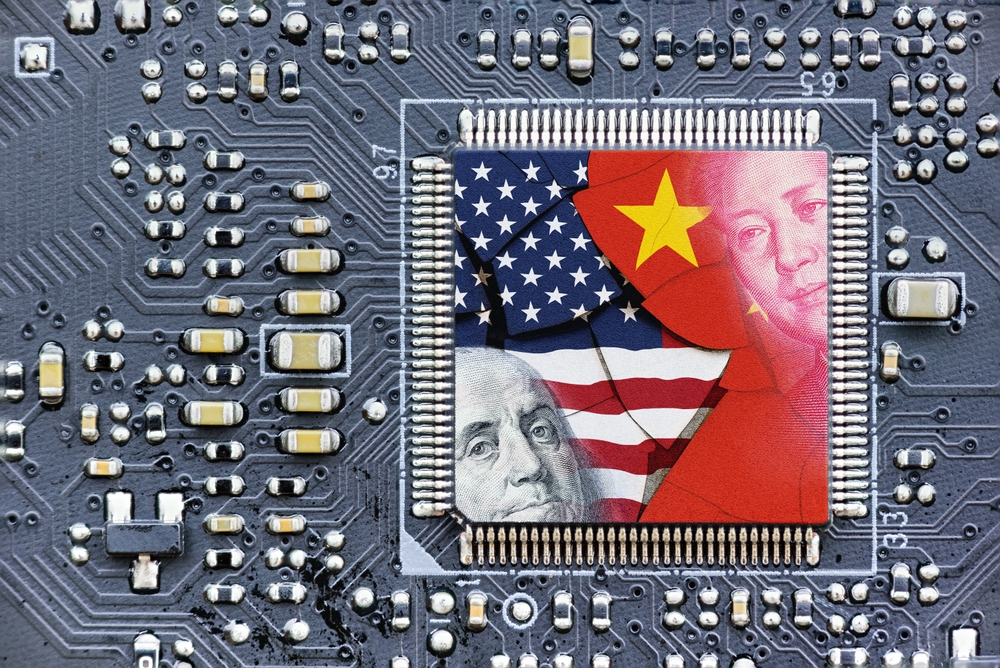The future of generative artificial intelligence (AI) appears to be poised for life-changing growth. However, this sector still deals with unexplored terrain with promise and obstacles.
Rakhmonov claims that the trajectory for generative artificial intelligence-enhanced technologies still significantly relies on creating reliable models that also introduce tangible value to users.
Significance of Generative AI Tools
Additionally, he notes that generative AI’s future is, to some extent, in doubt as it evolves with broader adoption and more information. Nevertheless, most artificial intelligence models’ ‘black-box’ nature is a considerable problem.
This might result in issues in authenticating the reliability of insights and data. On a slightly similar note, Scott Dykstra told a media resource that the reality is more nuanced despite the uproar concerning generative artificial intelligence.
Scott is the co-founder and chief technical officer (CTO) of Space and Time, an artificial intelligence-enabled Microsoft-supported decentralized data warehouse.
Scott noted that most Fortune 500 firms are currently sailing conventionally through the generative artificial intelligence realm. This is evidenced by the idea that most of them seem excited to ‘just incorporate an artificial intelligence chatbot to their website and stop at that.’
Factors Undermining the Development of AI
Additionally, he said that the significant issue is that enterprises must run at enterprise scale, which is currently costly. Concerning the quality of inference, GPT-4 is in a clear lead.
However, it is also costly for the workloads of enterprise production-grade products. Further, they desire to witness a reduction in token prices, quicker inference, and more tools related to the automation of augmented generation.
As previously noted, the generative AI revolution has some challenges. According to Scott, the speed of respective token streams will be a critical technical problem for generative models, for instance, large language models.
He also said that a sub-second inference speed is required for an actual LLM-founded internet, which is tricky. Concerning the development front, Scott is confident that despite progress in artificial intelligence-enhanced coding tools, they are yet to see developments in ‘no-code’ solutions.
A no-code is a software creation strategy that requires few programming skills to develop an app swiftly. Scott said that several projects are coding within huge codebases using GPT-4.
China Seek to Gain Dominance in AI Industry
However, the no-code design stays unaddressed because of the intricacy of contextualizing the codebase. On the other hand, Rakhmanov is focused on the broader landscape affecting generative artificial intelligence.
He is confident that regulatory interventions by central governments will be a critical factor to monitor since they aim to explain satisfactory artificial intelligence practices.
Besides, he is sure that people might be in danger of an international race for artificial intelligence dominance, particularly between major technology players and nations such as China and the U.S.
He revealed that chip creation and computing power are essential discussions that will alter the future of artificial intelligence. The trade contest between the two countries is expanding to influence the AI rivalry among the two superpowers.
As people approach a future enhanced by machine learning, artificial intelligence, and natural language processing, it will be captivating to witness how the global digital landscape will keep developing and growing over the next ten years.
